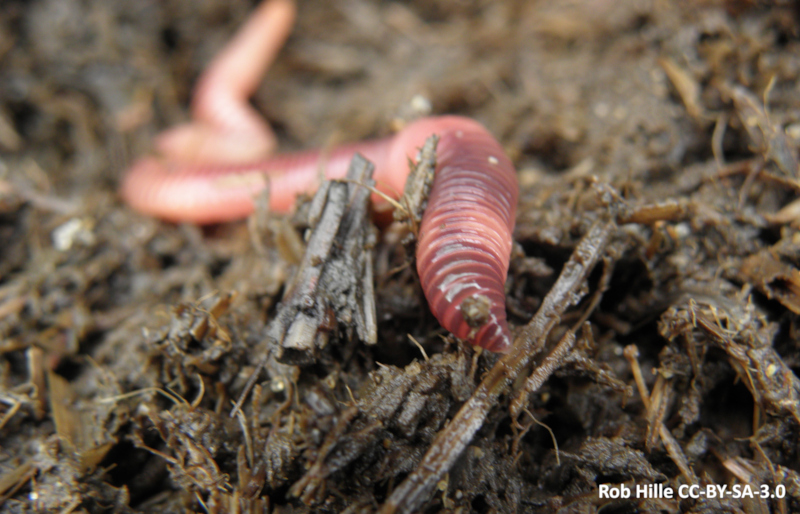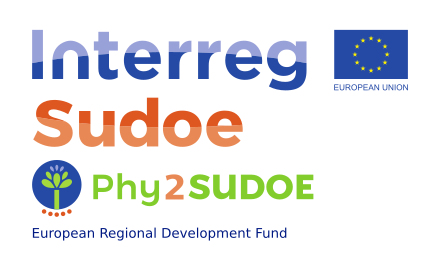
17 May New PhD thesis linked to the Gernika site has analysed the ecotoxicity of various pollutants and the bioremediation of soils that have received sewage sludge
In the PhD thesis, developed by Erik Urionabarrenetxea in the CBET (Cell Biology in Environmental Toxicology) research group, the ecotoxicity of multiple stressors on soil organisms, the assessment of the risk of pollutants accounting for landscape variability and the application of bioremediation technologies to sewage sludge depositions were studied; using for that in vivo and in silico approaches.
The principal hypothesis of this work upholds that: accurate soil health protection goals and recovery strategies can be achieved with the aid of in vivo and in silico approaches focused on assessing the biological effects of multiple stressors, the risk of pollutants accounting for landscape variability and the application of bioremediation technologies. To prove this initial hypothesis, 5 objectives were established. These objectives were aimed: (1) to assess the joint impact of thermal and chemical stress on soils at different exposure times and levels of biological complexity in Eisenia fetida earthworms, using for that standard toxicity tests (OECD 207 and OECD 222) and biomarkers (viability of coelomocytes); (2) to integrate spatially explicit exposure and effect data of four Plant Protection Product (PPP) active substances (esfenvalerate, cyclaniliprole, picoxystrobin and fenamidone) on non-target species (E. fetida and Folsomia sp.), accounting for European landscape and agricultural variability; (3) to predict the risk upon Ecosystem Services along European soils after four PPP (esfenvalerate, cyclaniliprole, picoxystrobin and fenamidone) worst case application into crops, considering impacts upon E. fetida and Folsomia sp., pesticides mode of action, exposure, time-course effects and landscape variability; (4) to assess the toxicity of a natural soil after sewage sludges disposal to address potential future uses of Landfill 17 (Gernika-Lumo), applying standardized tests and biomarkers at different complexity levels (from cellular level to population) in different organisms (E. fetida and Lactuca sativa); (5) to apply different bioremediation technologies (phyto-, vermi- and microremediation) in soils polluted with sewage sludges and to find the treatment or the combination rendering the best remediation yield with the aid of chemical and ecotoxicological characterizations.
The tests carried out to fulfil the abovementioned objectives proved that ecotoxicological approaches, and the discrimination of risks accounting for landscape variability based on in vivo and in silico endpoints, are useful tools to carry out a realistic assessment of soil health status and to allow the implementation of accurate protection goals or the design of sustainable recovery strategies.
The thesis will be published in a few months.

